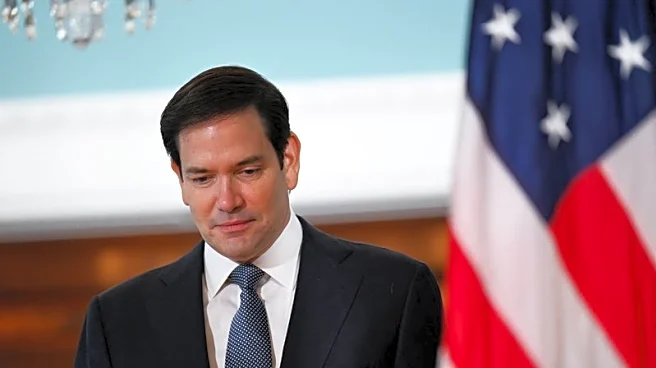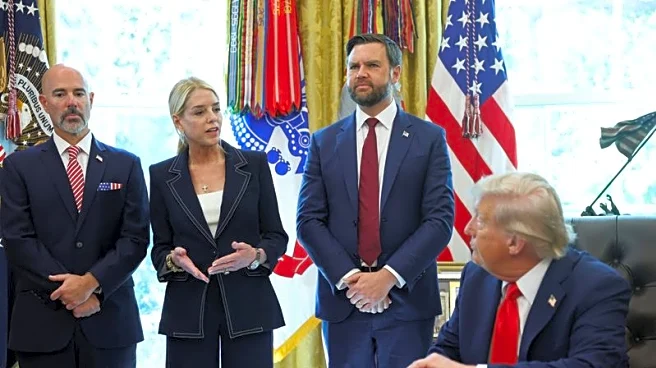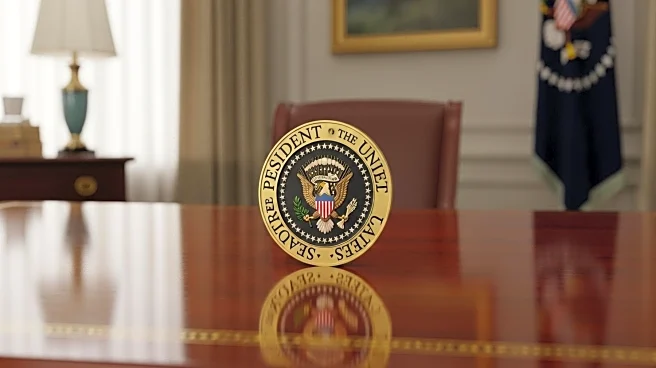What's Happening?
The State Department has come under scrutiny for promoting employees shortly after laying them off as part of a reorganization effort. The department laid off 1,350 employees, including 264 foreign service officers, but subsequently promoted at least 10 individuals who had received layoff notices. The American Foreign Service Association criticized the department's actions, stating that they send a chilling message about job security. The reorganization aims to refocus the department's mission on core objectives and modern needs, but has raised concerns about the impact on employee morale and the effectiveness of the department's operations.
Why It's Important?
The State Department's handling of layoffs and promotions highlights the challenges of managing workforce changes in government agencies. The reorganization could affect the department's ability to fulfill its mission and maintain employee morale. The promotions of laid-off employees raise questions about the criteria used for workforce reductions and the department's commitment to its staff. These developments may influence future government restructuring efforts and prompt discussions about the balance between efficiency and employee welfare.
What's Next?
The State Department will continue with its reorganization efforts, which include new standards for employee promotions. The department's actions may lead to further scrutiny from employee associations and government oversight bodies. The impact of the layoffs and promotions on the department's operations and employee morale will be closely monitored, potentially leading to adjustments in the reorganization strategy.
Beyond the Headlines
The situation at the State Department reflects broader issues in government workforce management, including the tension between political objectives and employee welfare. The department's actions may prompt discussions about the ethical implications of workforce reductions and the importance of transparent communication with employees. The reorganization could also influence how other government agencies approach similar challenges.













